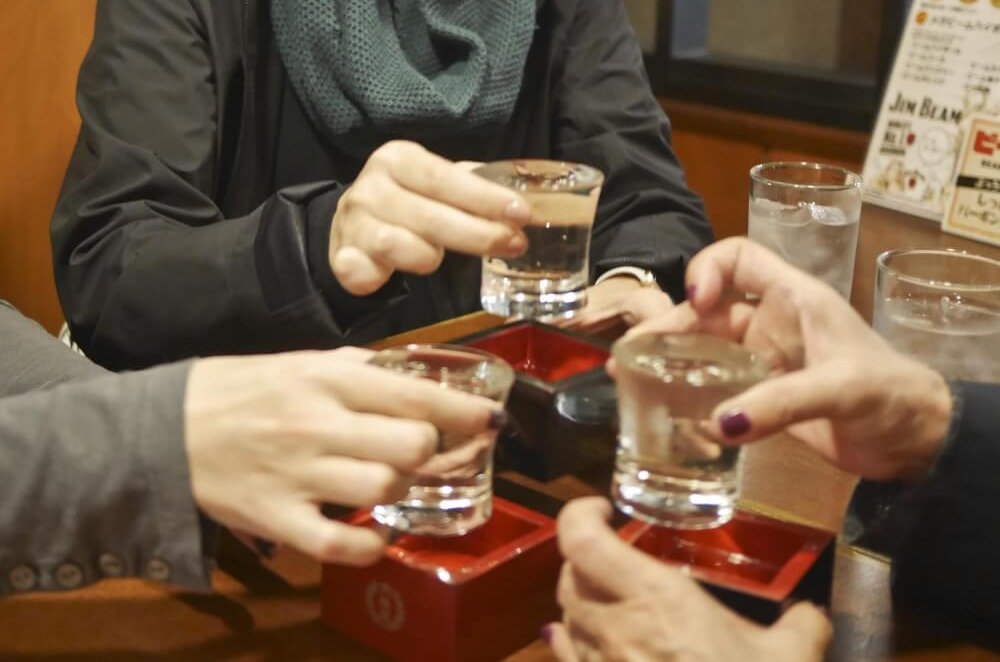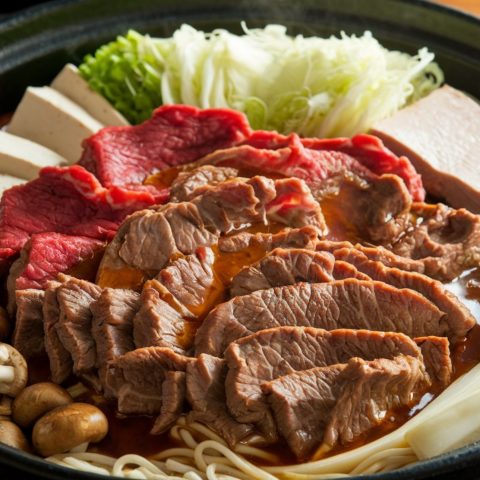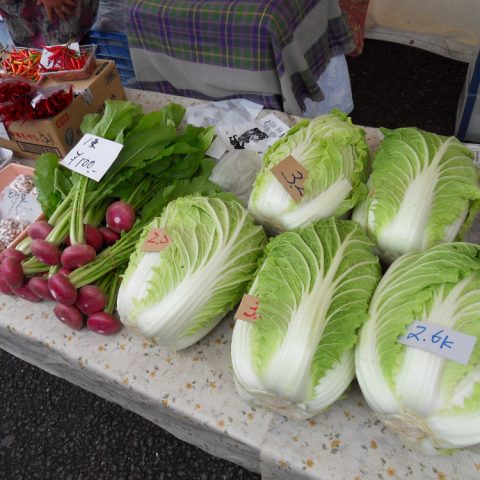
Sake – or nihonshu (日本酒) as it is known in Japan – has seen a dramatic rise in exports in recent years. Thanks to an increase in international tourism to the country, Japan’s Sake breweries have seen visitors leave with a great appreciation for the famous Japanese liquor as the perfect accompaniment to sushi and other Japanese cuisine. America, China, South Korea, and Europe have all seen a sharp increase in demand for Sake as Japanese restaurants become more ubiquitous.
However, despite this demand for Sake in your local sushi restaurant, the quantity of exported Sake only represents 3-5% of total its production. Compare that to 90% of Scotch whisky that is produced for export and the picture becomes clear that Sake is still being enjoyed domestically in Japan with much of the higher quality products being kept in the country. The opportunity to enjoy these hidden gems is, therefore, a must for even the most casual of Sake drinkers, and none more so than in Hiroshima, which is home to several breweries that are responsible for some of the finest, high-quality Sake in Japan.

The process of making Sake depends on the quality of its ingredients: rice, koji mold, yeast for the fermentation process, and most importantly water. It is the water that plays a huge part in the production process and in determining the flavors and aromas that create the final product. Hiroshima’s soft water (in Japanese, nansui 軟水) allows its breweries to produce Sake that is light, smooth and has a refreshing taste. The process of making Sake with soft water requires special methods of fermentation to produce the premium Sake that Hiroshima is so highly regarded for.
The town of Saijo in Hiroshima is home to eight Sake breweries and is where much of the sought-after soft water is sourced along with other locally produced ingredients. The winter weather experienced in Saijo also makes it an ideal site for Sake brewing. There is more than one type of Sake to enjoy, depending on the rice polishing process and the alcohol content that is added. Much of Saijo’s Sake is either ginjo – which has an aromatic and clear taste – or daiginjo – an exceptionally refined and aromatic type of Sake. Saijo has been at the forefront of ginjo fermentation where it was invented and continues in its technological developments to this day.

A visit to Hiroshima makes a trip to the town of Saijo imperative for any visitor passing through for an unforgettable experience enjoying some of the finest Sake in Japan. Arigato Japan Food Tours features an exclusive and comprehensive tour that includes a visit to a renowned brewery which has received the Gold Medal at the Annual Japan Sake Awards numerous times, and has famously been enjoyed by President Obama on an official visit to Japan in 2014. The 3-hour tour includes visits to up to six Sake breweries all within the special brewing district of Saijo where visitors will get the unique chance to sample many kinds of Sake in reserved tasting rooms, and a chance to learn more about the unique methods that go into producing this specially crafted drink.
 The traditional method of enjoying good Sake also features food as perfect accompaniments to further enhance the tasting experience. The Saijo tour also includes lunch in the form of Bishu Nabe, the local specialty hot-pot dish made with premium Sake, which gives visitors the chance to enjoy an authentic dining experience in the way that Sake has been enjoyed for hundreds of years. For further details about this unique tour, please check out the link here, or visit the tours section of the Arigato Japan website.
The traditional method of enjoying good Sake also features food as perfect accompaniments to further enhance the tasting experience. The Saijo tour also includes lunch in the form of Bishu Nabe, the local specialty hot-pot dish made with premium Sake, which gives visitors the chance to enjoy an authentic dining experience in the way that Sake has been enjoyed for hundreds of years. For further details about this unique tour, please check out the link here, or visit the tours section of the Arigato Japan website.
Whether Sake is served chilled (reishu 冷酒), at room temperature (hiya 冷や), or hot (atsukan 熱燗), it is always best enjoyed in good company. The tradition of pouring more delightful Sake into your companion’s empty cup is always reciprocated in kind, and with Hiroshima’s long and proud tradition of producing great Sake, you will always find warm and good company at any time of the year.



